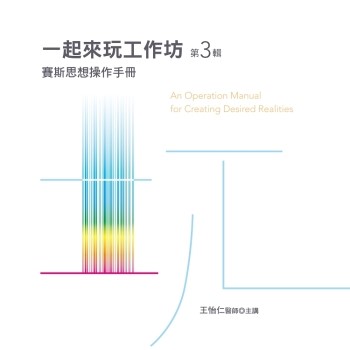The remarkable evolution of aerial warfare from 1940 to the present day, from Spitfire to Reaper drone
Can air power alone win a war? That has been the question since the Second World War. Air attacks failed miserably in Vietnam; Operation Linebacker had little effect, while bombing Hanoi just increased hatred for America - yet air strikes in both Iraq and Libya helped bring about regime changes. No-fly zones may have worked in the Balkans, but they might as well not have been there for Saddam Hussein’s Iraq.From the Luftwaffe’s massed attack on Britain to NATO’s interventions in Libya, aerial warfare has changed almost beyond recognition. The piston engine has been replaced by the jet, and in some cases the pilot has been completely replaced by the microchip. Carpet bombing is now a global positioning system and laser pinpointed strikes using precision-guided munitions. Whereas a bomber’s greatest enemies were once fighters and flak, these threats have morphed into smart missiles from half a world away. In The Changing Face of Aerial Warfare, celebrated defense expert Anthony Tucker-Jones charts this remarkable evolution from 1940 to the present day.












